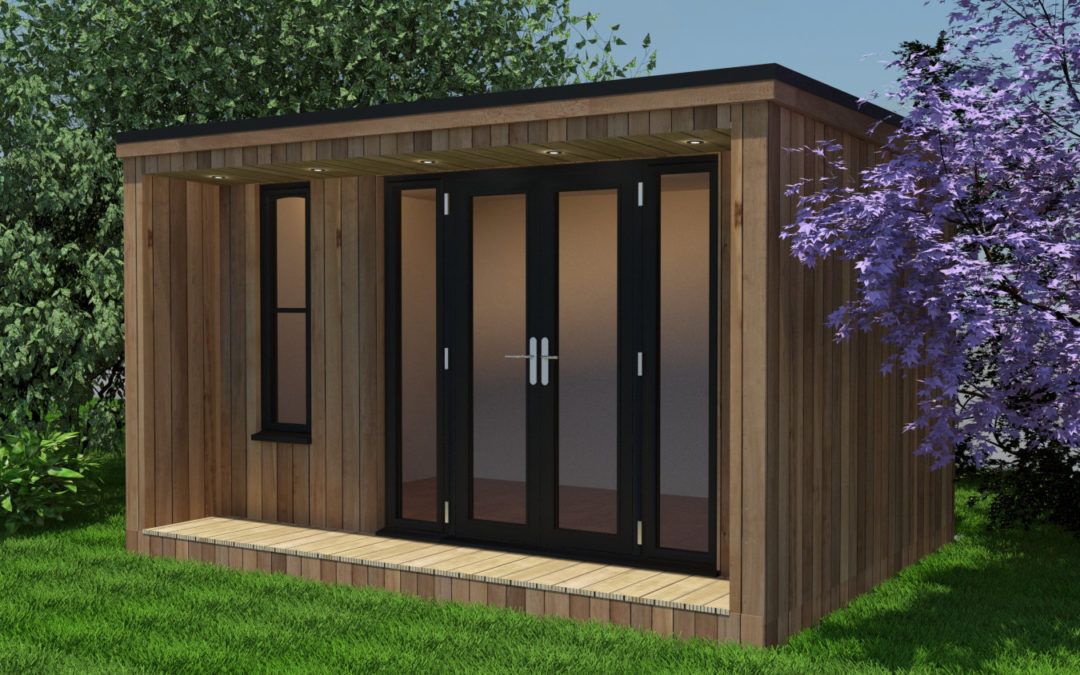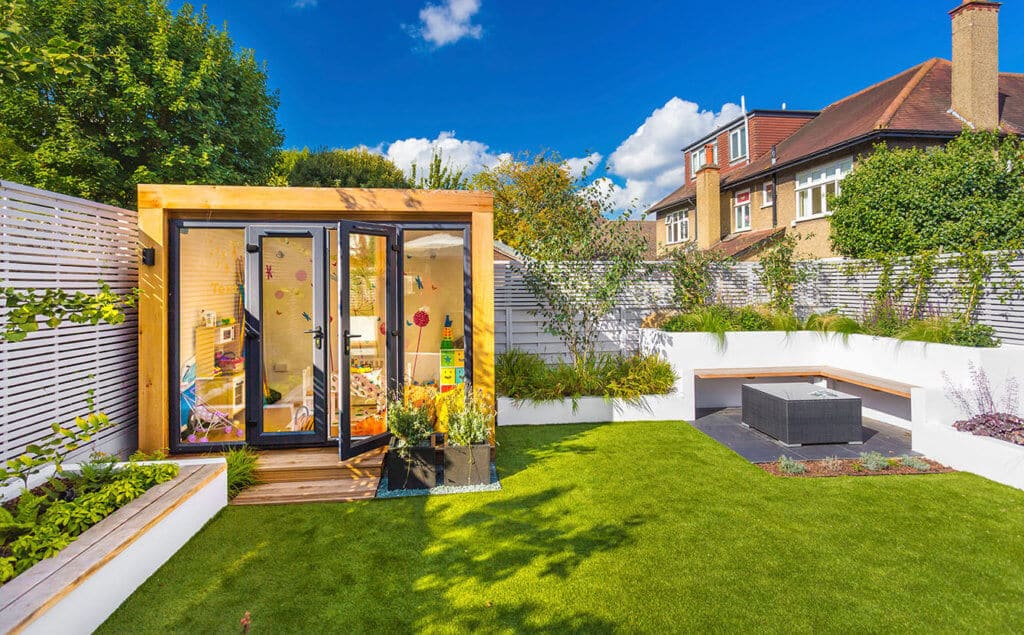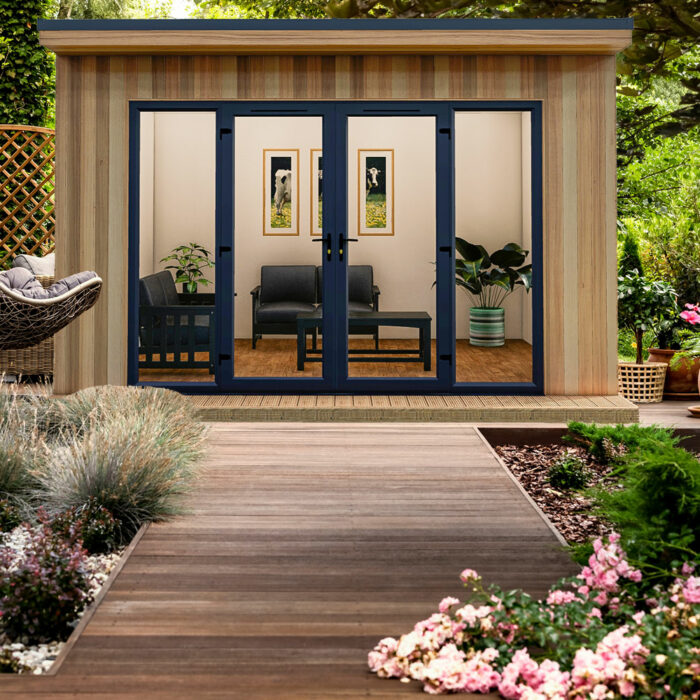Handy Ideas For Planning Permission On Garden Offices
Wiki Article
What Planning Permission Do You Require For Garden Spaces, Etc. Of Change Of Use?
The notion of "change in use" is crucial when building conservatories, garden offices or outhouses. Planning permission considerations related to a change in use are the following: From residential to non-residential use:
Planning permits are required when you're converting the space that is not residential (like the farm building or garage) into an office in the garden or in a living area. This is because there could be a change in use classification.
Garden Rooms: Living Accommodation
It is considered as a "change of use" in the event that you decide to convert an existing garden into an independent dwelling, such as an apartment for guests. The building must be permitted for planning to make sure that the construction conforms to requirements for residential properties and standards.
Use of Business:
Planning permission is required when the garden room/extension will be used for business purposes. It is because of the impact it will impact the surrounding area, such as noise, traffic and parking.
Utilization in the classroom or in the Community:
The conversion of the space from a garden to an educational or community space (such an a meeting hall or classroom) requires planning approval. The local authority will consider the location's suitability and the impact it has on the surrounding area.
The impact on local infrastructure:
Planning permission will be required for any changes to use that have a significant impact on infrastructure in the local area. This will be evaluated by the local authority for planning at the time of the process of applying for permission.
Dual Use
Planning permission is required to clearly define and control the various uses of the building.
Increased Footfall & Traffic
The local authority for planning will have to be able to sanction the plan if it is likely to result in an increase in footfall or traffic.
Regulations for Building Regulations In compliance
It is vital to keep in mind that while a change in usage is not required to obtain an official permission to plan, it should still comply with all construction codes and regulations. These are necessary for the safety of people and their health, and also for energy efficiency. This is especially relevant for conversions to habitable spaces.
Environmental Impact:
Planning permission will be required for any changes to the usage that could impact the environmental. An example would be changing an agricultural field into a residential space. Environmental assessments could be required in the process of submitting an application.
Community and Amenity Impact:
It is essential to think about the effect that this change will have on the community amenities within the area as well as the general character of the neighborhood. Planning permission would be required to transform a garden into a café, for example for the purpose of aligning it with local plans and preserve local amenities.
The following regions are classified as:
In designated areas like conservation areas, National Parks, or Areas of Outstanding Natural Beauty (AONB) Changes in use are subject to stricter control to ensure the integrity and beauty of the place. Planning permission is necessary in these instances.
Local Planning Policies
Local planning authorities could have different policies to permit a change in usage. It's important to consult these policies to understand the requirements for changes and what requirements must be met.
Planning permits are often required for a significant change in the use or the location of a gardenroom conservatory outhouse, office, or extension. This will ensure that the new use is appropriate for the site, and is compatible with local and national policies on planning, and also addresses any potential impacts on the community and environment. To determine the exact requirements and receive the necessary approvals, it is vital to speak with your local planning authorities early in the process of planning. Take a look at the top rated how to get power to a garden room for blog info including garden office, garden rooms near me, ground screws vs concrete base, composite summer house, copyright garden buildings, outhouse builders, 4m x 4m garden room, copyright garden room, garden room or extension, garden rooms near me and more.

What Permits Do You Need In Order To Use Garden Rooms As Well As Other Listed Structures?
If you are contemplating building conservatories or garden rooms, outhouses or garden offices on the site of a listed building There are specific requirements to be taken into account. Here are some key points to consider when applying for approval for these types of projects The building's listed status:
In most cases the case, any modification, extension or new construction within the immediate vicinity of a listed building requires both listed building and planning approval. The character of the listed property and its uniqueness can be affected by any changes.
Impact on historical character:
A planning application is required for any structure or extension which could alter the historical character of the listed property or its surroundings. This includes garden buildings and outbuildings.
Materials and Design
The new structure and its materials must respect the historic and architectural value of the listed building. Planning permission is needed for bespoke designs or the use traditional construction materials.
Nearness to the listed building:
The impact of new structures close to a heritage building are scrutinized to determine if they affect the structure's character. It is essential to obtain planning permission in order to make sure that new buildings will not change the appearance of the building.
Size and Scale
The size proposed for the conservatory, garden room or extension should be proportionate to the existing building. A bigger structure will likely require a an in-depth assessment and planning permit.
The location on the property
Planning permissions can be affected by the position of a new structure whether it is in front, on the side or to the rear of a listed building. Locations that are visible, or that impact key views of the structure, usually need to be evaluated more thoroughly.
Changes in the internal structure:
Even if it is an independent structure, any modifications to listed buildings (such the creation of entry points) require both planning permission and listed-building consent.
Conservation Area Overlap
The listed building must also be located in Conservation Area. Planning permission is needed to ensure that both conservation area and listed building regulations are adhered to.
Use of Buildings:
The intended use of the garden room or outbuilding may influence the need to obtain planning permission. The use of the space that implies a major modification, like residential accommodation or commercial use will be subject to more careful examination.
Structure:
Any building that may alter the structural integrity the listed building needs planning permission and listed building consent, ensuring that both the old and new structures are safe to be and properly integrated.
Local Authority Guideline:
Local authorities often have specific guidelines for listed buildings, which outline the types and extent of modifications and construction that is permitted. Planning permission is required to ensure that these guidelines are followed.
Professional Evaluations:
Conservation professionals are typically called upon to carry out detailed assessments for proposals of work on listed properties. These assessments are made to determine if modifications proposed are suitable and also to back the application for planning approval.
It is crucial to remember that planning approval or listed building consent will nearly always be required to permit the construction of garden rooms, conservatories and outhouses as well as extensions, garden offices or garden offices incorporated into listed properties. Talk to your local heritage and planner at the beginning of the process of planning to ensure compliance with the relevant regulations and to ensure the preservation of the architectural and historical integrity. Check out the top rated laying electrical cable in garden for blog info including garden room planning permission, garden rooms hertfordshire, garden room permitted development, outhouse uk, garden out house, luxury outhouse, outhouse, how to lay decking on soil, Tring garden rooms, garden rooms near me and more.

What Planning Permissions Are You Required To Get For Your Garden Rooms Etc With Regard To Utilities And Infrastructure?
If you are planning to construct conservatories, garden rooms, outhouses, garden offices, or extensions, infrastructure and utilities factors are essential and may influence the need for planning permission. Take into consideration these important aspects Drainage and water supply
If the new structure requires connections to water supply and drainage systems, planning approval may be required. The local authority for water could be required to evaluate the effect on local water and sewage system.
Gas and Electricity:
If you are planning to connect a building to an electricity or gas supply, you might require an approval for planning. The connection must comply with construction regulations and safety rules.
Utility Easements
If the proposed structure is in utility easements (areas specifically designated for infrastructure and utility lines) the planning approval may be required. It might be required that the utility company in your area approve the construction of these areas.
Septic Tanks and Sewage Systems:
If the proposed structure is going to require a septic system, or an on-site treatment system for sewerage, a planning permit is required. Compliance with environmental regulations and health standards is essential to these systems.
The drainage of Surface Water Management
A planning permit may be needed to address runoff from the surface and drainage from the new structure. Strategies to stop flooding, erosion, and pollution from water could need to be implemented.
Access to Utilities for Construction
Planning permission may be required if temporary utilities are needed (such as water to construct). Connections that are temporary must be in compliance with environmental and safety standards.
The impact on local infrastructure
It is crucial to obtain planning permission to assess what impact the construction will have on the local infrastructure. This includes utilities, roads as well as other public services. Local authorities will determine the infrastructure that is in place and whether it will be used to support the expansion.
Waste Management and Recycling
Planning permissions could include provisions regarding recycling and disposal of waste both during and after construction. To reduce environmental impact, there must be provisions for recycling and garbage disposal.
Energy Efficiency and Renewable Energy
It could be necessary to get planning permission prior to installing energy efficient devices or renewable sources of energy (such solar panels or heat pumps) in your new home. Environmental and building regulations are required to be met.
Telecommunications & Internet Connectivity
Planning permission is required for new structures which require telecommunications or internet connections. The infrastructure must comply with all regulations and standards.
Accessible via Roads and Footpaths
It may be necessary to obtain planning permission to build or alter the access roads and footpaths for an entirely new structure. Construction of footpaths and roads must adhere to the highest safety standards.
Accessibility to public transport
If the structure is affecting accessibility to public transportation facilities (such as train stations or bus stops), planning permission may be required. Conformity with the regulations and standards for infrastructure for public transport is vital.
Summary: Infrastructure and utility considerations play a critical role in determining if planning permission is needed for garden rooms or conservatories. Check with the local authority for planning as early as possible in the planning phase to ensure that the building is in compliance with applicable standards and regulations. View the recommended cinema sound proofing for more info including outhouse garden rooms, outhouse building, Tring garden rooms, outhouse for garden, garden room planning permission, outhouses for garden, garden buildings , garden room permitted development, copyright garden buildings, insulated garden buildings and more.
